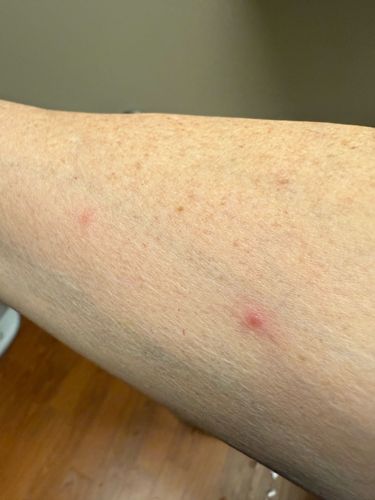Mosquito
Scientific Name: Culicidae
Order & Family: Order Diptera, Family Culicidae
Size: Typically 3"mm" to 6"mm" long

Natural Habitat
Mosquitoes are found almost everywhere in the world except Antarctica and a few islands. They thrive in wetlands, forests, urban areas, and anywhere there is standing water for breeding, such as ponds, marshes, ditches, and even small containers of water.
Diet & Feeding
Female mosquitoes feed on blood to obtain protein for egg production (hematophagy). Males and some females feed on plant nectar and other sugar sources for energy.
Behavior Patterns
Mosquitoes are most active during dawn and dusk. Females lay eggs in or near standing water. Their life cycle includes four stages: egg, larva, pupa, and adult.
Risks & Benefits
Risks: Mosquitoes are vectors for numerous diseases including malaria, dengue fever, Zika virus, West Nile virus, chikungunya, and yellow fever. Their bites are also irritating and can cause allergic reactions. \nBenefits: Mosquitoes serve as a food source for various animals like birds, bats, and fish, and are pollinators for some plants, though their ecological benefit is generally outweighed by their role as disease vectors.
Identified on: 11/18/2025